Rising Disposable Incomes
The Leather Luggage and Goods Market appears to be positively influenced by the increasing disposable incomes of consumers. As individuals experience higher earnings, they tend to allocate more funds towards premium products, including leather goods. This trend is particularly evident in emerging markets, where a burgeoning middle class is driving demand for high-quality luggage and accessories. According to recent data, the luxury leather goods segment has seen a growth rate of approximately 5% annually, suggesting that consumers are willing to invest in durable and stylish products. This shift in consumer behavior indicates a potential for sustained growth within the Leather Luggage and Goods Market, as more individuals prioritize quality and brand reputation in their purchasing decisions.
Travel Industry Resurgence
The Leather Luggage and Goods Market is likely benefiting from the resurgence of the travel industry. As travel restrictions ease and consumer confidence returns, there is a noticeable uptick in both leisure and business travel. This resurgence has led to an increased demand for high-quality luggage that combines functionality with style. Market data indicates that the travel accessories segment, which includes leather luggage, is projected to grow at a compound annual growth rate of 6% over the next five years. This growth is indicative of a broader trend where travelers are seeking durable and aesthetically pleasing options, thereby enhancing the overall appeal of the Leather Luggage and Goods Market.
Growing Online Retail Channels
The expansion of online retail channels is transforming the Leather Luggage and Goods Market. E-commerce platforms are providing consumers with greater access to a diverse range of products, enabling them to compare prices and styles conveniently. This shift towards online shopping is supported by data indicating that e-commerce sales in the leather goods sector are expected to grow by 8% annually. As more consumers turn to online platforms for their shopping needs, brands that effectively leverage digital marketing strategies and enhance their online presence are likely to thrive. This trend not only broadens the reach of the Leather Luggage and Goods Market but also encourages innovation in customer engagement and service delivery.
Sustainability and Ethical Sourcing
Sustainability and ethical sourcing are increasingly becoming focal points within the Leather Luggage and Goods Market. Consumers are becoming more conscious of the environmental impact of their purchases, leading to a demand for products made from sustainably sourced materials. Brands that prioritize eco-friendly practices and transparency in their supply chains are likely to gain a competitive edge. Recent surveys indicate that approximately 70% of consumers are willing to pay a premium for sustainable products, which could significantly influence purchasing decisions in the Leather Luggage and Goods Market. This shift towards sustainability not only aligns with consumer values but also presents opportunities for brands to innovate and differentiate themselves in a crowded marketplace.
Technological Advancements in Manufacturing
Technological advancements in manufacturing processes are playing a crucial role in shaping the Leather Luggage and Goods Market. Innovations such as automated cutting and stitching techniques have improved production efficiency and reduced costs, allowing manufacturers to offer high-quality products at competitive prices. Furthermore, the integration of smart technology into luggage, such as GPS tracking and built-in charging ports, is attracting tech-savvy consumers. This trend suggests that the Leather Luggage and Goods Market is evolving to meet the demands of modern travelers, who seek both functionality and style in their luggage. As these technologies become more prevalent, they may drive further growth and diversification within the market.


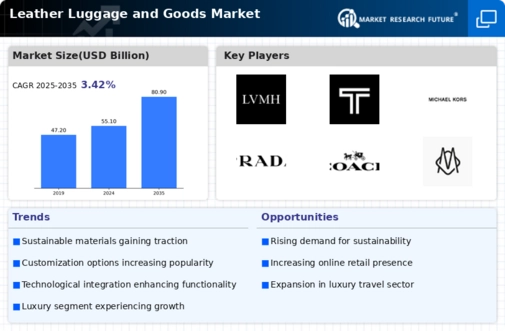
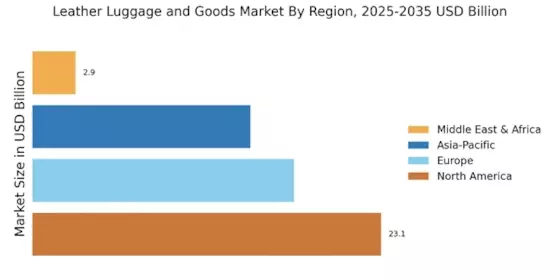
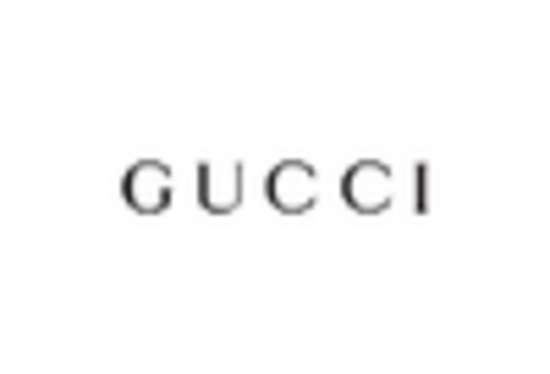
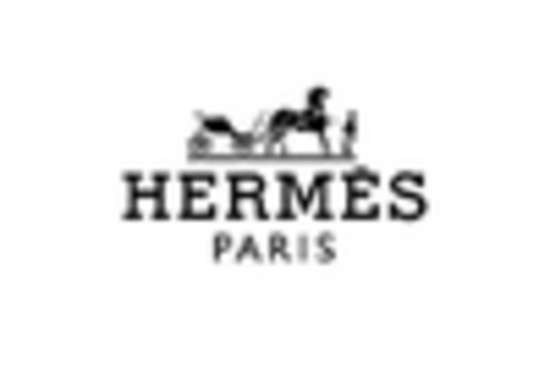
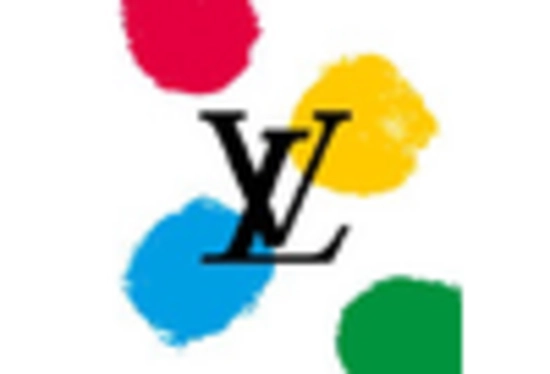
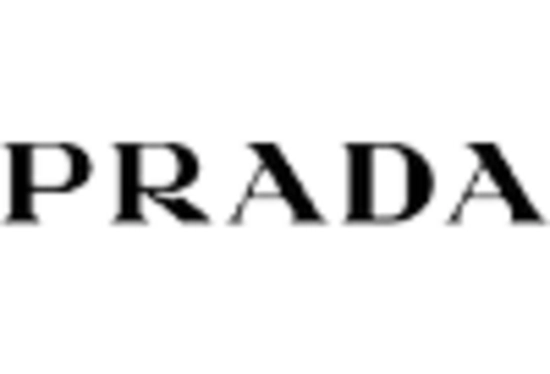
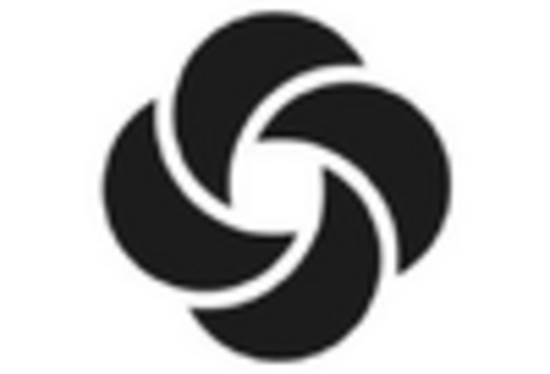
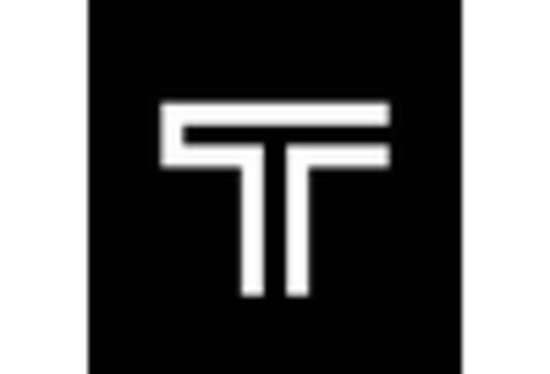








Leave a Comment